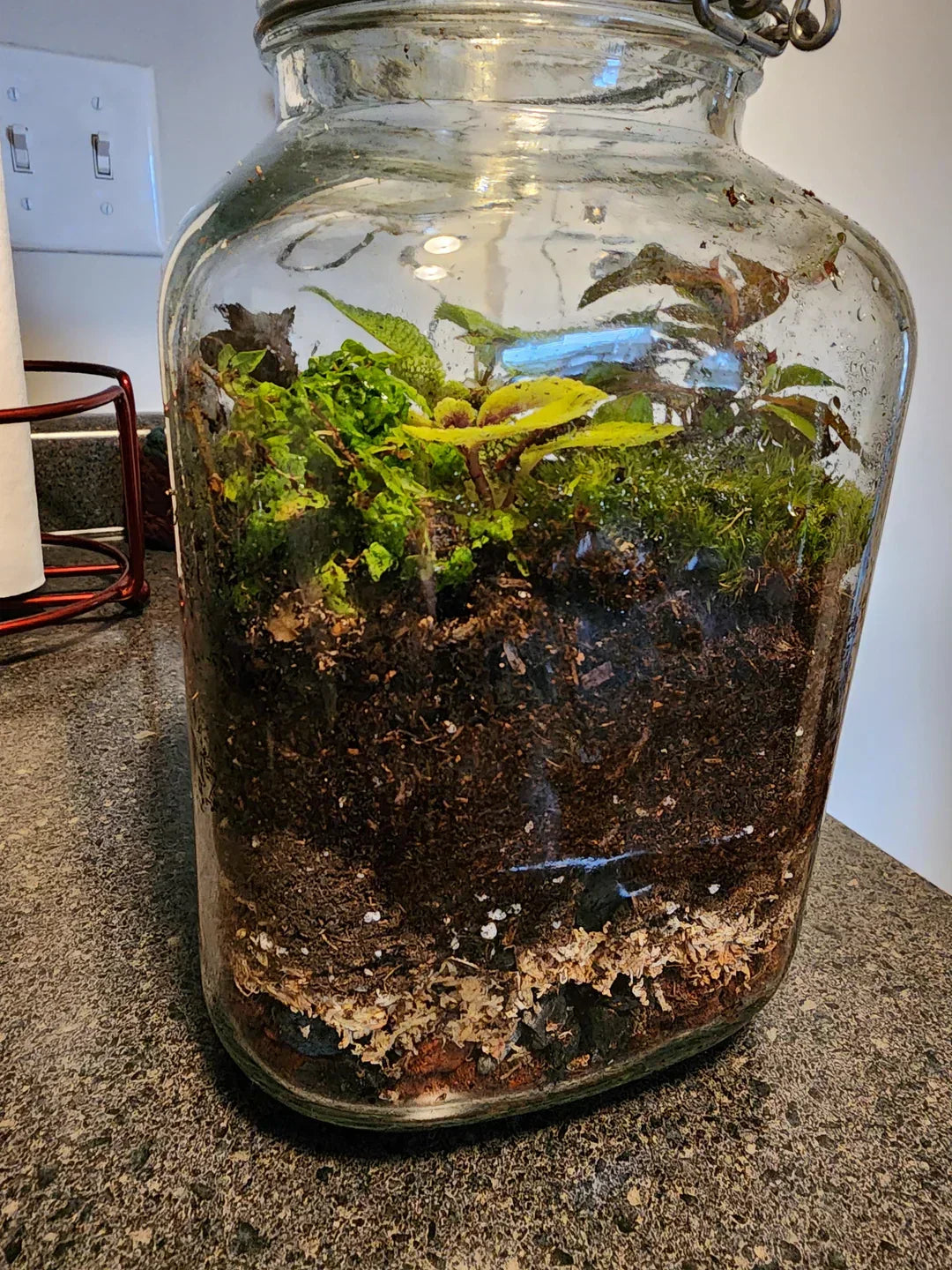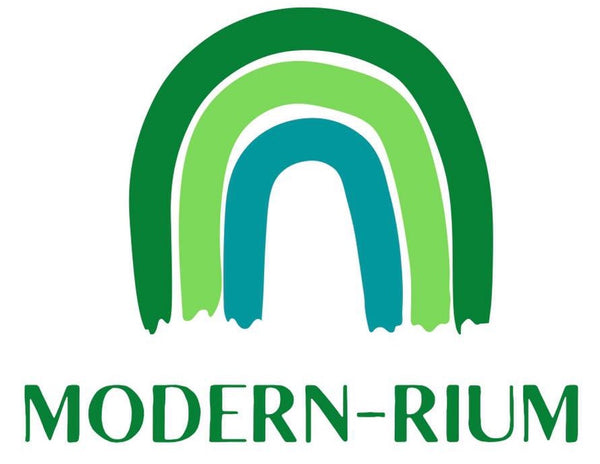
Soil Layering Secrets: How to Maximize Drainage, Root Health, and Aesthetics in Terrariums
Danny PhamShare
Terrarium enthusiasts know: what’s beneath the surface matters just as much as what’s above. Proper soil layering isn’t just about looks — it’s the foundation for a self-sustaining ecosystem. In this guide, we’ll take a deep dive into advanced soil layering techniques, ideal for experienced hobbyists looking to refine their terrarium builds.
🌿 Why Soil Layering Matters More Than Ever
While beginners may stack a few materials and hope for the best, seasoned terrarium builders understand that strategic layering impacts:
- Water retention and drainage – Preventing root rot and mold.
- Root aeration – Keeping oxygen flowing where it counts.
- Microbial health – Supporting beneficial bacteria and microfauna.
- Visual aesthetics – Creating a stunning side profile that complements the design.
🪨 The Essential Layers — And How to Elevate Them
Let’s break down each layer, with pro-level insights for maximum function and form:
1. Drainage Layer
- Purpose: Keeps excess water away from roots to avoid saturation.
-
Materials:
- LECA (lightweight expanded clay aggregate) – best for closed terrariums.
- Lava rocks or pumice – ideal for better aeration and natural texture.
- Depth: 15–20% of the terrarium height.
✅ Tip: Use black lava rocks for a richer contrast in glass containers.
2. Barrier Layer (Optional, but Smart)
- Purpose: Prevents soil from seeping into the drainage layer.
-
Materials:
- Fine mesh, landscape fabric, or coffee filters.
✅ Tip: For artistic terrariums, use a cut-to-shape barrier that adds a clean, layered finish when viewed from the side.
3. Activated Charcoal Layer
- Purpose: Filters toxins, reduces odor, and maintains freshness in closed systems.
- Application: A thin layer (½–1 cm) directly above the barrier layer.
-
Material: Use horticultural-grade charcoal, not BBQ or aquarium varieties.
✅ Tip: Too much charcoal can dry out your soil — stick to a minimal layer unless you're housing sensitive tropical plants.
4. Soil/Substrate Layer
- Purpose: Nourishes plant roots and balances moisture.
-
Materials by Plant Type:
Plant Type Recommended Mix Tropical Plants 2 parts coco coir, 1 part orchid bark, 1 part perlite Succulents 1 part cactus soil, 1 part sand, 1 part pumice Moss Terrariums
✅ Tip: Sterilize your soil mix in the oven before use to avoid introducing pests or fungus.
⚖️ Getting the Ratios Right
- Here’s a layering ratio guide that balances structure, function, and aesthetic appeal:
- 20% Drainage Layer
- 5% Barrier Layer (if used)
- 10% Activated Charcoal
- 65% Soil/Substrate Layer
- Adjust based on container size and plant needs. Succulent terrariums may use only 50% soil, while mossariums can thrive with a heavier top layer.
🎨 Designing with Layers in Mind
- Soil layering isn’t just functional — it can be beautiful, too.
- Alternate materials (e.g., white sand over dark lava rock) for visual contrast.
- Slope your substrate for dynamic elevation and depth.
- Use decorative stones or crystal fragments at the top edge of the soil for visual framing.
🧪 Pro-Level Substrate Recipes
- Here are advanced blends tailored to specific terrarium styles:
- 🌧️ Closed Rainforest Terrarium
- 2 parts coco coir
- 1 part sphagnum moss
- 1 part orchid bark
- ½ part charcoal
- ½ part perlite
- 🌵 Open Desert/Succulent Terrarium
- 2 parts cactus soil
- 1 part coarse sand
- 1 part pumice or perlite
- ½ part crushed granite (optional)
- 🍃 Moss Terrarium
- 2 parts peat moss
- 1 part coco fiber
- Sprinkle of charcoal for freshness
- No perlite (too rough for moss)
🧤 Maintenance & Refresh Tips
- Even with the best layering, terrariums evolve. Here's how to keep them healthy:
- After 6–12 months, consider top-dressing the soil or lightly aerating the substrate with a soil pick.
- Replace moss or trim roots if growth becomes too dense.
- Check the drainage layer for water pooling — an early sign of imbalance.
🌱 Final Thoughts
- As with any living ecosystem, the beauty of a terrarium starts from the ground up. By mastering your substrate layers, you're not just planting — you're crafting a micro-world built for longevity, health, and visual delight.
- Whether you're designing your next mossy masterpiece or a minimalist desertscape, layering with intention is what sets your work apart.
 is here! Shop now, pay later in 4 easy installments
is here! Shop now, pay later in 4 easy installments











